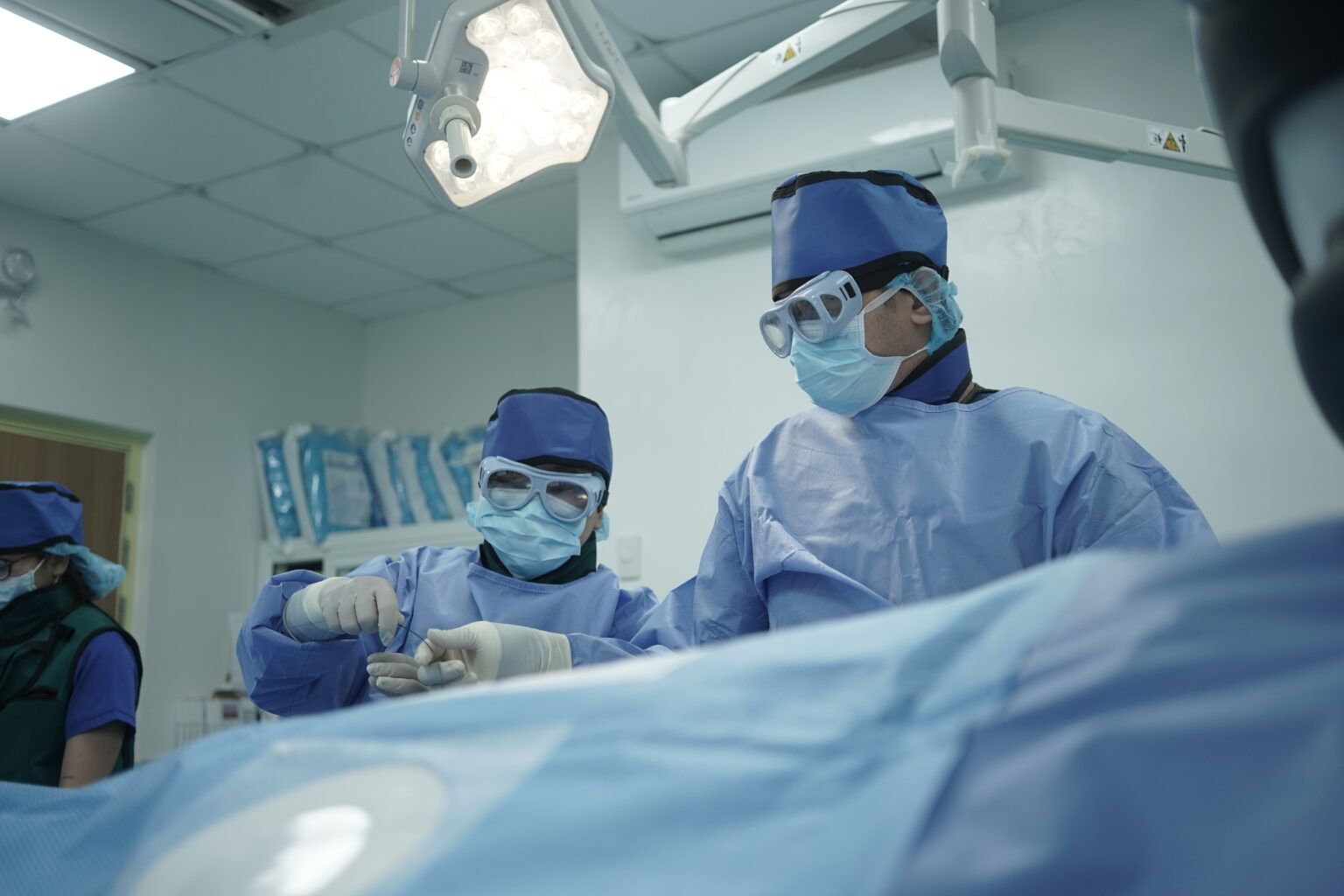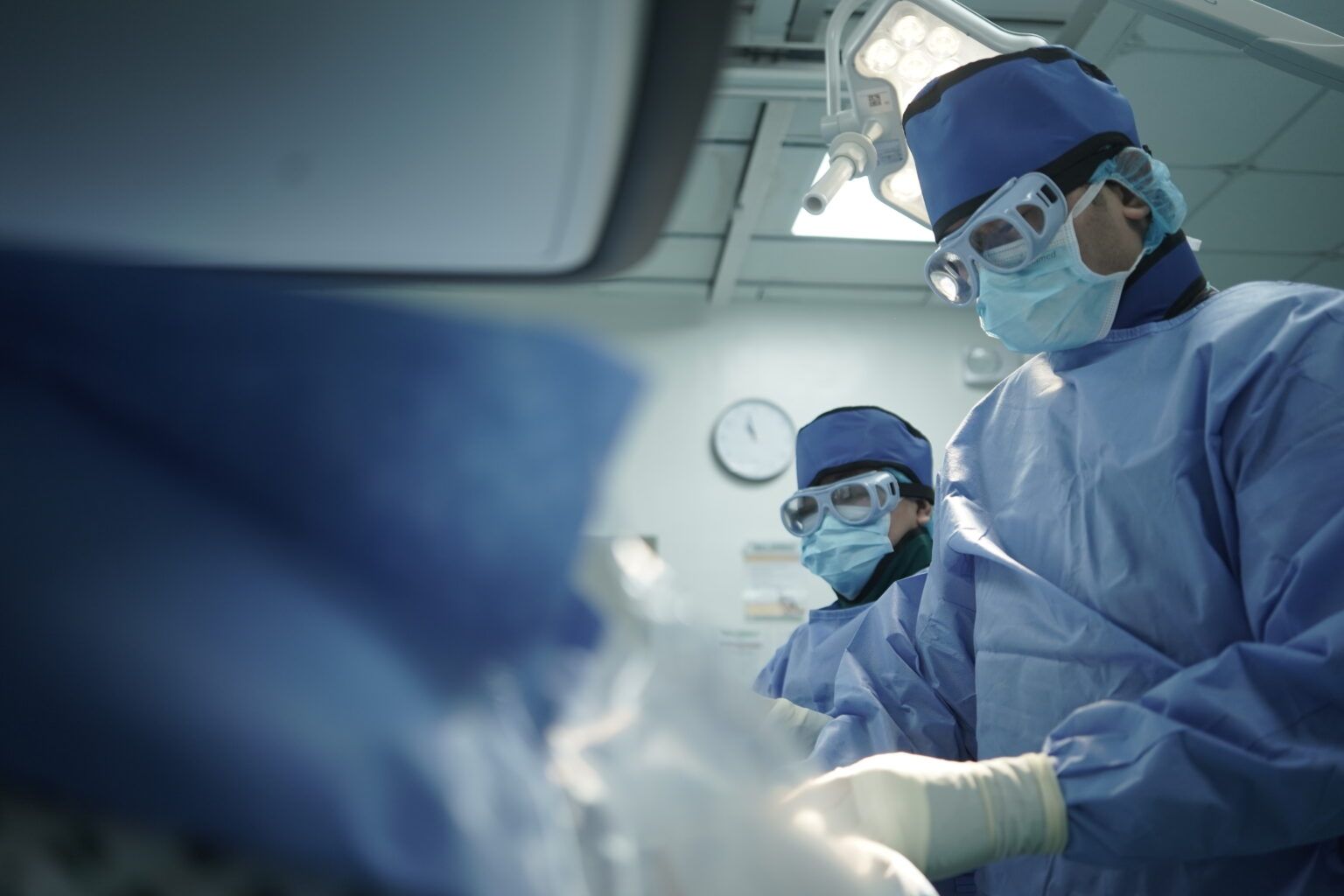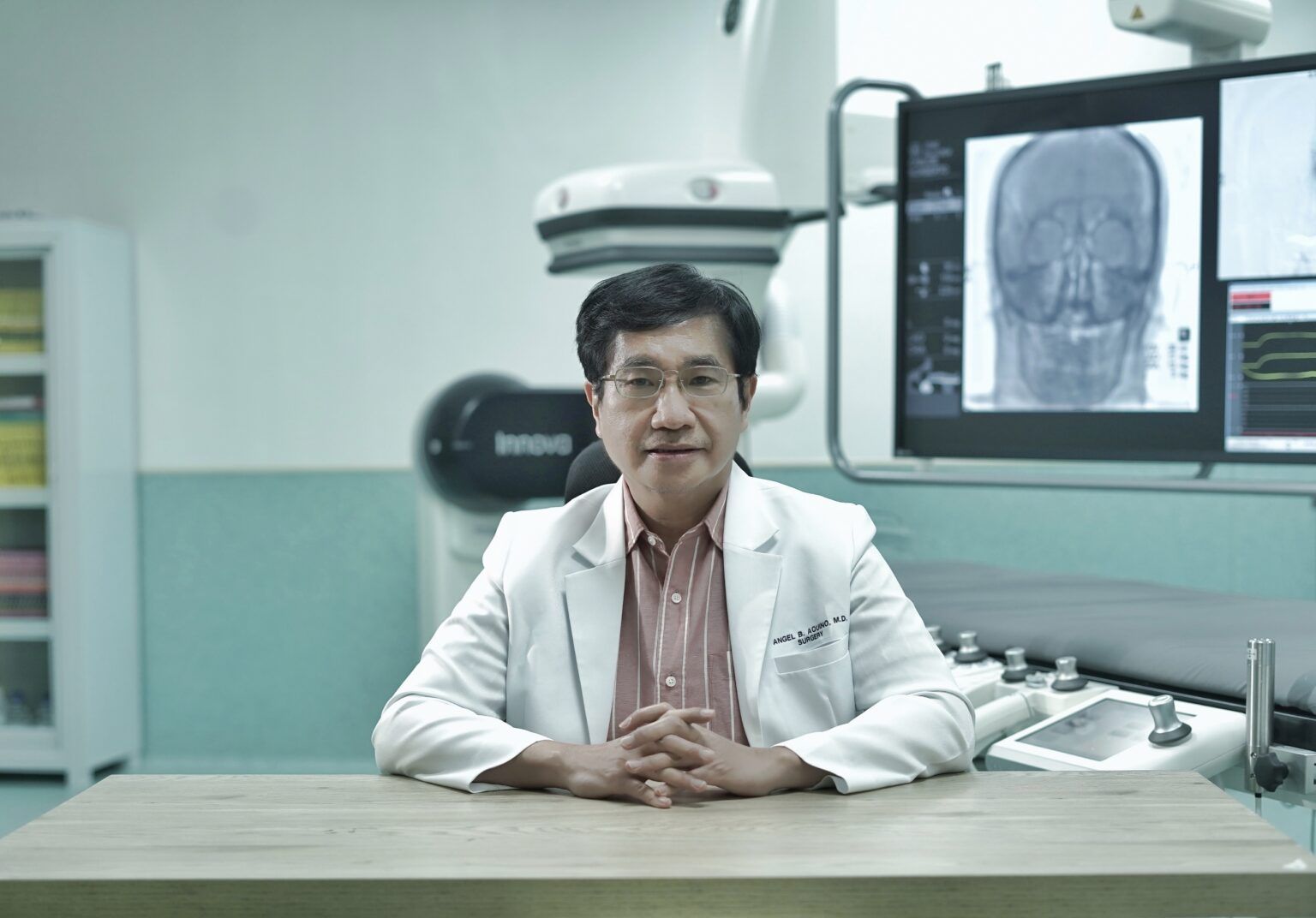AI-driven cath lab bridges cardiac care gap in Bataan, Philippines
)
Bataan St. Joseph Hospital & Medical Center’s new AI-powered cath lab - the first of its kind in the country – is set to widen access and enhance quality of medical services in the region
The catheterisation laboratory (cath lab) is vital for the diagnosis and treatment of cardiovascular diseases. It is where advanced cardiac tests and procedures such as ablation, angiogram, angioplasty and implantation of pacemakers.
Bataan St. Joseph Hospital & Medical Center (BSJHMC)’s new cath lab bridged the significant gap in cardiac care services previously experienced by patients in Bataan province, located in western part of Central Luzon of the Philippines.
Before this, local patients suffering from heart attacks or cerebrovascular events had limited treatment options available. Most cath lab facilities are concentrated in Metro Manila, which is around three to six hours by car from Bataan.
|
Dr. Angel B. Aquino
|
“Cardiovascular disease and neurological disease are the top causes of morbidity and mortality in our region, but there was no cath lab here in the past,” said Dr. Angel B. Aquino, CEO of BSJHMC. “Imagine how frustrating it is to see a patient who you are able to diagnose, but cannot provide with the proper diagnostic procedures and treatment.” |
Patients in Bataan are often discouraged by the travel distance and costs involved to obtain treatment in Manila, including costs of diagnostic procedures, travel expenses of accompanying family members, and overnight stays in Manila. As such, many do not seek the proper care they need.
For regional hospitals, there are also constraints in transporting patients in unstable conditions over long distances, while at the mercy of unpredictable traffic conditions.
The Artificial Intelligence (AI)-driven cath lab
At the end of 2023, BSJHMC acquired an AI-driven cath lab, which is the first of its kind in the country. One of the latest models available in the market, this cath lab is equipped to address a wide array of vascular, cardiac, oncological, and neurological (VCON) conditions to meet the community’s varied medical needs.
The integration of AI in the cath lab offers several major advantages, noted Dr. Aquino.
One of these is the enhanced quality of images produced in the cath lab. AI reduces noise and increases contrast and clarity. This is very crucial in defining the finer details of the brain and heart anatomy, especially ahead of complex procedures.
AI also automates measurements such as vessel diameter and length, tasks that were done manually by interventionists previously. This automation not only streamlines the workflow but also minimises human error, ensuring more precise assessments.
Another advantage lies in the lab’s 3D image fusion capability.
“(Using AI), you can convert 2D X-ray images into 3D. This means interventionalists can now fuse the original CT scan with an angiogram. Previously, patients had to be brought down to the CT scan suite after their angiogram to check against their CT scans – this is now not necessary,” Dr. Aquino explained.
Furthermore, AI helps optimise the amount of radiation in the cath lab. Radiation exposure is a critical concern in cath labs, where staff and patients are in relatively close proximity to X-ray sources. With AI, imaging parameters are automatically adjusted to ensure only the minimum radiation necessary is used.
All in all, AI speeds up work efficiency in the cath lab by automating manual routine tasks, allowing doctors to spend more time in direct patient care. Patients can also expect shorter procedure durations, reduced radiation exposure, and improved outcomes, noted Dr. Aquino.

What goes behind introducing a new cath lab
For hospitals looking to introduce a cath lab in their facility, there are several considerations to keep in mind from the very start.
Firstly, the hospital will need to have a specialist cardiac interventionist who would perform the cath lab procedures. This could be a challenge for regions suffering from a lack of medical specialists, Dr Aquino pointed out.
The next step involves selecting the right equipment. With a wide range of cath lab models available, BSJHMC opted for upon a flexible-use, AI-driven model versatile enough to accommodate various conditions, convinced of its long-term benefits to patients.
At this point, hospitals should also consider the space requirements for the cath lab. According to the American College of Cardiology, the minimum size ranges from 500-600 sq ft for the procedure area and 150-200 sq ft for the control room. There are also health ministry regulations to be complied with in terms of the cath lab’s location and safety requirements.
Then comes the staff recruitment and training aspect. Recruitment proved to be a challenge post-pandemic when there was an acute shortage of nurses and cath lab technicians, noted Dr Aquino, with a significant number leaving for better job opportunities elsewhere.
Once onboard, these staff members also needed to be properly trained in the cath lab services. For BSJHMC, this involved training sessions at a cath lab in Metro Manila, supplemented by on-site guidance from the cath lab solutions provider.
Just as important is the engagement with all stakeholders, noted Dr Aquino.
These include other hospitals in the community, private cardiologists, local health units, and patients.
“This engagement process is to make them aware that we have a cath lab here, and that patients don’t have to go to Manila for their procedures,” he said.

Maximising the potential of the cath lab
Successful patient cases from the new cath lab are building up the community’s confidence in its effectiveness.
One such case was that of a surgeon of another hospital in Bataan who suffered a heart attack when he was conducting a surgery. He was brought into BSJHMC’s cath lab, where a clot was found in the main artery supplying the heart. The team immediately performed an angioplasty (procedure where a catheter is inserted to bypass the blockage), successfully saving the patient’s life.
The availability of a cath lab nearby made a big difference, noted Dr Aquino. If the patient had been sent to a centre further away, the procedure may not be successful; the blood clot might have hardened by then and bypass will not be possible.
The team at BSJHMC is exploring introducing other cardiac services, such as treatment of arrhythmia (irregular heart rhythm) and valve replacement, to maximise the potential of the lab.
This is a significant financial investment, Dr Aquino acknowledged, though the hospital is committed to maintaining pricing that aligns with the rates offered by the country’s National Heart Centre.
“For an angiogram, the price rate is lower (than tertiary hospitals in the capital). We can reduce the costs here in the province because we have lower overheads,” he said.
Overall, the hospital believes that the cath lab has transformed the delivery of cardiac care in Bataan and its neighbouring provinces such as Olongapo and Zambales. By providing the local community with access to advanced cardiac care services, this initiative promises to deliver significant benefits for patients through reduced costs and improved health outcomes, while also strengthening the overall healthcare ecosystem in the region.


